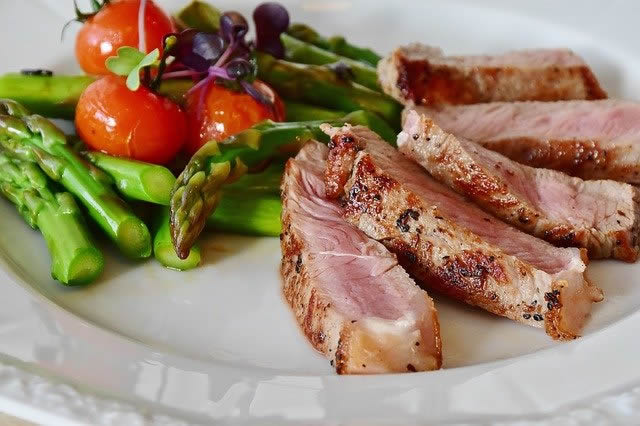先日から「Should we be eating three meals a day? -「1日3食食べるべき?」を読んでいます。

・「1日3食食べるべき?」(1)
・「1日3食食べるべき?」(2)
・「1日3食食べるべき?」(3)
・「1日3食食べるべき?」(4)
・「1日3食食べるべき?」(5)
・「1日3食食べるべき?」(6)
“The Ancient Greeks were the first to introduce the concept of breakfast, they’d eat bread soaked in wine, then they had a frugal lunch, then a hearty evening meal,” says Charrington-Hollins.
「古代ギリシャ人は朝食という概念を初めて導入し、ワインに浸したパンを食べ、質素な昼食をとり、夜はボリュームたっぷりの食事をしました」とチャリントン=ホリンズ氏。
Initially, breakfast was exclusive to aristocratic classes, says Charrington-Hollins.
当初、朝食は貴族階級だけのものだった、と同氏。
It first caught on in the 17th Century, when it became the luxury of those who could afford the food and the time for a leisurely meal in the morning.
17世紀に入ってから、食材と時間に余裕のある人たちの間で、朝からゆったりとした食事をすることが贅沢とされるようになったのが始まりだ。
“The concept today of breakfast being the norm [came about] during the Industrial Revolution in the 19th Century and its introduction of working hours,” says Charrington-Hollins.
「今日のように朝食が当たり前という考え方は、19世紀の産業革命で労働時間が導入されたときに生まれたものです」と同氏。
Such a routine lends itself to three meals a day.
そうした日常は、1日3食に適している。
“The first meal would be something quite simple for the working classes – it might be street food from a vendor or bread.”
「最初の食事は、労働者階級にとって非常に簡単なもの、屋台の食べ物やパンだったかもしれません。」
But after war, when availability of food diminished, the idea of eating a full breakfast wasn’t possible and a lot of people skipped it.
しかし戦後、食料が少なくなると、しっかりした朝食は食べられなくなり、多くの人が朝食を抜くようになった。
“The idea of three meals a day went out the window,” says Charrington-Hollins.
「1日3食という考え方は、もう通用しなくなりました」。
“In the 1950s breakfast becomes how we recognise it today: cereal and toast.
「1950年代の朝食は現在のような形、シリアルとトーストになりました。
Prior to that we were happy to eat a piece of bread with jam.”
それ以前は、ジャムを塗ったパンで幸せだったのです。」
牛乳をかけたシリアル、あれは夏はともかく秋冬は身体が温まらなくてツライ(笑)。
日本や中国は冷たい食事はあまり好まない傾向があると思うんですが、ヨーロッパはそれも普通にアリ(夕食に冷たいハムとか)みたいですよね。
朝食も含めて一般人は意外と質素な食生活の気がしますが、なぜか体格は大きい人が多い、遺伝子の違いなんでしょうけど、パンとジャムでよくその大きな身体が動くなあと思います(笑)。
理由は単純明快!「少ないコストでしっかり楽しく学べるから」。
私自身の経験(高機能でビックリ)をびっしり書いていますので、良かったら読んでみてください。
下のバナーからどうぞ!






